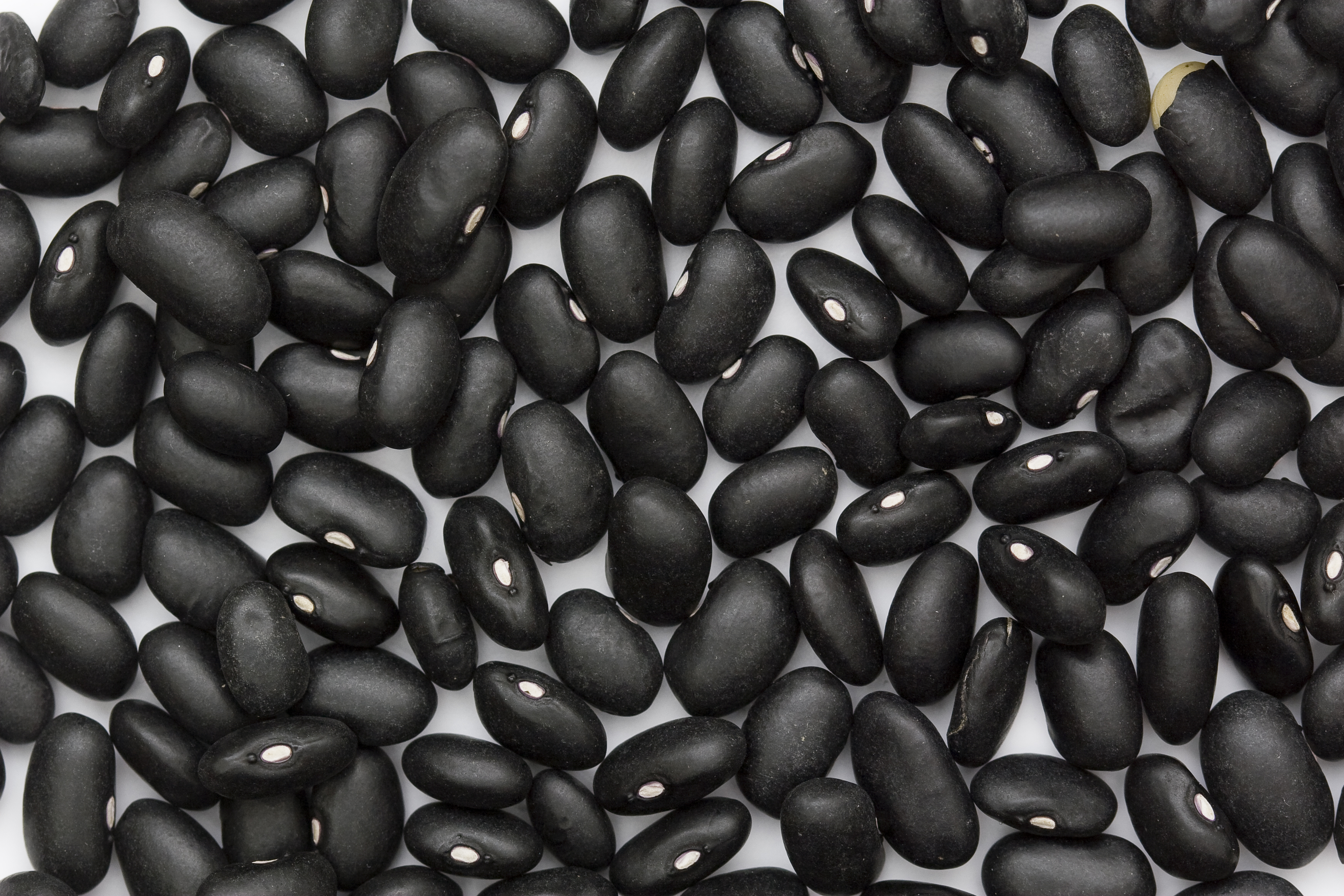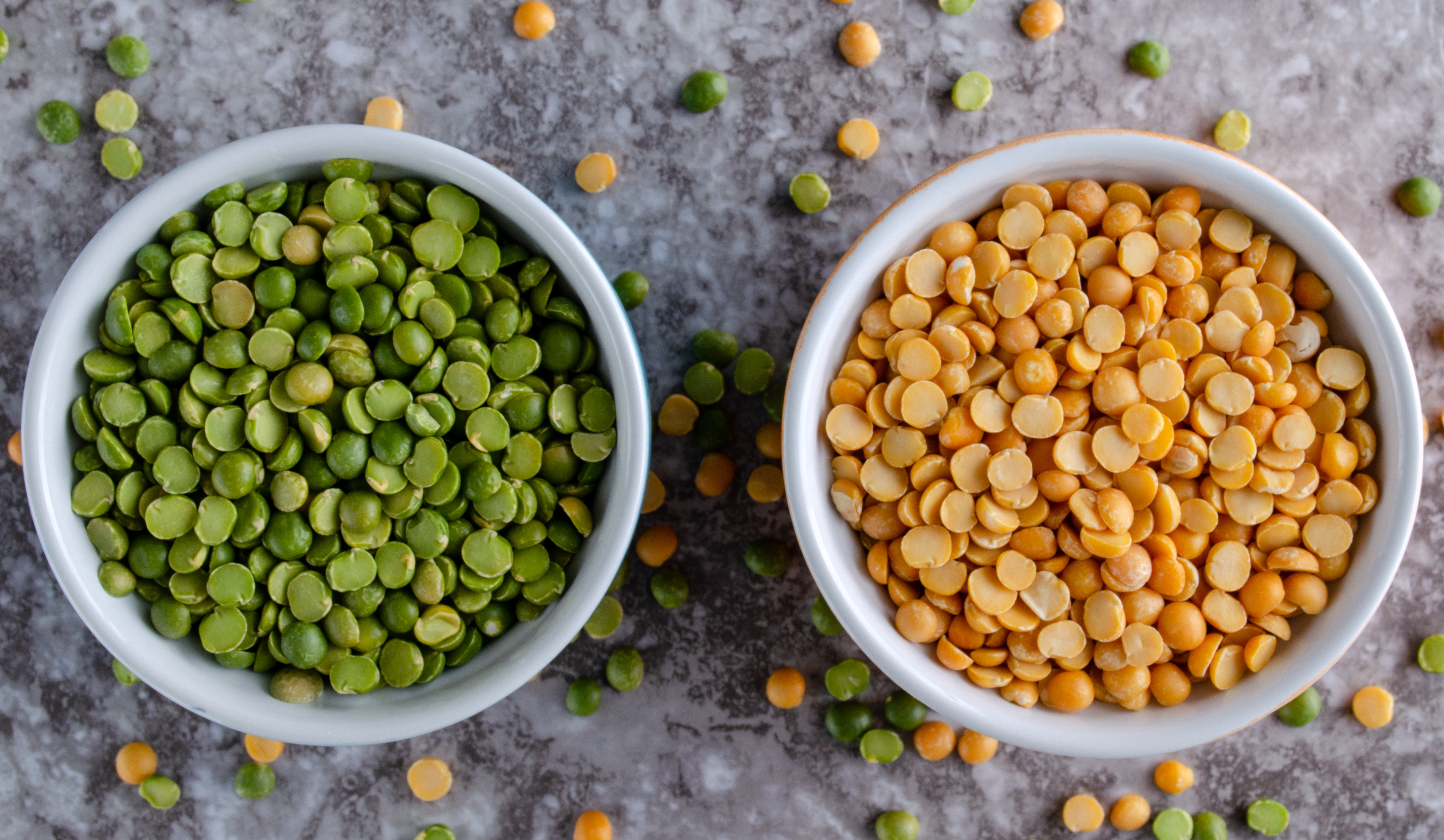Maintaining stable blood glucose levels is crucial for overall health, especially for individuals with conditions like diabetes or those striving to prevent blood sugar fluctuations. One effective way to achieve this is by incorporating legumes and pulses into your diet. Legumes and pulses, such as lentils, chickpeas, black beans, kidney beans, and split peas, offer numerous health benefits and can help regulate blood glucose levels due to their low glycemic index and high fiber content. In this article, we will explore the top five legumes and pulses that you can include in your diet to promote stable blood glucose levels.
1, Lentils.
Lentils are indeed an excellent source of fiber, protein, and complex carbohydrates. Here are some key points about lentils:
Nutritional Benefits: Lentils are packed with nutrients. They are a good source of plant-based protein, making them an excellent choice for vegetarians and vegans. They are also rich in dietary fiber, which aids digestion and helps maintain a healthy digestive system. Lentils provide important vitamins and minerals, including iron, folate, potassium, and magnesium.
Low Glycemic Index: Lentils have a low glycemic index (GI), which means they are digested and absorbed slowly, causing a gradual rise in blood sugar levels. This makes them a suitable food for individuals with diabetes or those looking to manage their blood sugar levels.
Versatile Usage: Lentils are incredibly versatile and can be used in a variety of dishes. They are commonly used in soups and stews, adding texture, flavor, and a nutritional boost. Lentils can also be cooked and added to salads, providing a hearty and satisfying element. Additionally, lentils can be used as a meat substitute in dishes like lentil burgers or lentil-based meatballs, offering a vegetarian alternative that is high in protein and fiber.
Culinary Varieties: There are different types of lentils available, such as green lentils, red lentils, brown lentils, and French lentils. Each variety has its own unique flavor and texture, allowing for diverse culinary creations.
Easy to Prepare: Lentils are relatively quick and easy to cook compared to other legumes. They require no soaking, and depending on the type, they can be ready to eat in as little as 15-30 minutes.
Incorporating lentils into your diet can contribute to a balanced and nutritious meal plan, providing you with essential nutrients and health benefits.
2, Chickpeas.
Chickpeas, or garbanzo beans, are a nutritious and versatile legume. Here are some key points about chickpeas:
Nutritional Benefits: Chickpeas are rich in protein, dietary fiber, and healthy carbohydrates. They are a great plant-based protein source, making them suitable for vegetarians and vegans. The fiber content in chickpeas promotes digestive health, helps maintain healthy cholesterol levels, and contributes to a feeling of fullness, aiding in weight management.
Low Glycemic Index: Like lentils, chickpeas have a low glycemic index, meaning they have a minimal impact on blood sugar levels. This makes them an excellent choice for individuals with diabetes or those seeking to manage their blood sugar levels.
Versatile Usage: Chickpeas offer a wide range of culinary possibilities. One popular use is making hummus, a delicious dip made from mashed chickpeas, tahini, garlic, and lemon juice. Chickpeas can also be added to salads, providing a boost of protein and fiber. Roasting chickpeas with spices can create a crunchy and satisfying snack.
Canned or Dried: Chickpeas are available in both canned and dried forms. Canned chickpeas are convenient and ready to use, while dried chickpeas require soaking and cooking. Both options are equally nutritious, so choose the one that best suits your needs and preferences.
Other Dishes: In addition to hummus, chickpeas are used in various dishes around the world. They are a key ingredient in Mediterranean dishes like falafel, where they are ground and mixed with herbs and spices before being formed into balls or patties and fried. Chickpeas can also be used in curries, soups, stews, and even as a meat substitute in dishes like vegetarian or vegan chickpea curry.
Including chickpeas in your diet can contribute to a well-rounded and healthy eating plan. They offer a range of nutrients and health benefits, while also adding flavor and texture to your meals.
3, Black beans.
Black beans are a nutritious and versatile legume. Here's some information about black beans:
Nutritional Benefits: Black beans are packed with fiber, protein, and complex carbohydrates. They provide a good source of plant-based protein, making them an excellent choice for vegetarians and vegans. The fiber content helps support a healthy digestive system, promotes satiety, and can aid in managing cholesterol levels.
Low Glycemic Index: Black beans have a low glycemic index, which means they have a minimal impact on blood sugar levels. This makes them suitable for individuals looking to stabilize their blood glucose levels or manage diabetes.
Culinary Versatility: Black beans are incredibly versatile and can be used in a wide range of dishes. They are commonly used in black bean soup, where they add a rich and creamy texture. Black beans can also be added to salads, burritos, tacos, or used as a filling for vegetarian enchiladas. They can even be mashed and formed into black bean burgers for a plant-based alternative.
Flavor and Texture: Black beans have a robust, earthy flavor and a creamy texture. They absorb the flavors of the seasonings and ingredients they are cooked with, making them an excellent addition to various dishes. Their texture adds depth and richness to soups and stews or provides a hearty component in salads.
Canned or Dried: Similar to other legumes, black beans are available in both canned and dried forms. Canned black beans are convenient and ready to use, while dried black beans require soaking and cooking. Both options are nutritious, but dried black beans offer the advantage of being lower in sodium.
Incorporating black beans into your diet can contribute to a well-balanced and nutrient-rich meal plan. They offer a range of health benefits, including their fiber and protein content, while adding flavor, texture, and versatility to your meals.
4, Kidney beans.
Kidney beans are another nutritious legume. Here's some information about kidney beans:
Nutritional Benefits: Kidney beans are rich in fiber, protein, and complex carbohydrates. They are an excellent plant-based protein source, making them beneficial for vegetarians and vegans. The fiber content in kidney beans promotes digestive health, helps with satiety, and supports healthy cholesterol levels.
Low Glycemic Index: Like other legumes, kidney beans have a low glycemic index, meaning they cause a gradual and minimal increase in blood sugar levels. This makes them a suitable choice for individuals aiming to maintain stable blood glucose levels or manage diabetes.
Culinary Usage: Kidney beans are widely used in various dishes. They are a staple ingredient in chili, providing a meaty texture and a hearty flavor. Kidney beans can be added to soups, stews, and casseroles, enhancing their nutritional profile and creating a satisfying meal. They can also be incorporated into salads, adding protein and fiber.
Flavor and Texture: Kidney beans have a robust, slightly sweet flavor and a firm, creamy texture. They hold their shape well during cooking, making them suitable for dishes where texture is important. Their unique shape and color add visual appeal to recipes.
Canned or Dried: Kidney beans are available in both canned and dried forms. Canned kidney beans are convenient and ready to use, while dried kidney beans require soaking and cooking. Opting for dried beans allows more control over the cooking process and reduces sodium intake, but canned beans can save time and effort.
Kidney beans are a nutritious addition to your diet, offering a range of health benefits along with their versatility in various recipes. They provide a good combination of fiber, protein, and complex carbohydrates, making them a valuable ingredient for maintaining a balanced and healthy eating plan.
5, Split peas.
Split peas are a nutritious legume that offers several health benefits. Here's some information about split peas:
Nutritional Benefits: Split peas are rich in fiber, protein, and complex carbohydrates. They provide a good amount of plant-based protein, making them a valuable addition to vegetarian and vegan diets. The fiber content in split peas supports healthy digestion and helps maintain regular bowel movements. They are also a good source of essential minerals such as iron, potassium, and magnesium.
Low Glycemic Index: Split peas have a low glycemic index, which means they have a minimal impact on blood sugar levels. This makes them beneficial for managing blood glucose levels and maintaining stable energy throughout the day.
Culinary Usage: Split peas are commonly used in soups and stews, particularly in dishes like split pea soup. They have a thickening effect when cooked, resulting in a hearty and satisfying texture. Split pea soup is a classic example, often flavored with vegetables, herbs, and sometimes ham or bacon. Split peas can also be used in curries, casseroles, and as a filling in vegetarian patties or fritters.
Easy to Cook: Split peas are relatively quick and easy to cook compared to other legumes. They do not require pre-soaking and can be cooked in about 30-45 minutes, depending on the desired tenderness. This makes them convenient for preparing nutritious meals in less time.
Nutritional Profile: Split peas offer a good balance of macronutrients, including fiber, protein, and complex carbohydrates. The high fiber content helps promote satiety, supports digestive health, and contributes to overall heart health. The protein content aids in muscle repair and maintenance, making split peas a valuable source of plant-based protein.
Including split peas in your diet can provide essential nutrients and contribute to a well-rounded meal plan. Their versatility in soups, stews, and other dishes makes them a great option for adding flavor, texture, and nutritional value to your meals.
Incorporating legumes and pulses into your diet is a smart strategy for maintaining stable blood glucose levels. The top five legumes and pulses discussed—lentils, chickpeas, black beans, kidney beans, and split peas—are excellent choices due to their low glycemic index and high fiber content. These foods provide a steady release of energy, preventing rapid spikes and crashes in blood sugar levels. Including legumes and pulses in your meals not only supports stable blood glucose, but also offers a host of other health benefits, including increased fiber intake, improved digestion, and enhanced satiety. So, go ahead and experiment with these versatile legumes and pulses in your favorite recipes to promote overall well-being and blood glucose stability.
:max_bytes(150000):strip_icc()/how-to-cook-lentils-opener-2000-9427064c3429470cb7c9b14646ea8a0e.jpg)




Comments
Post a Comment